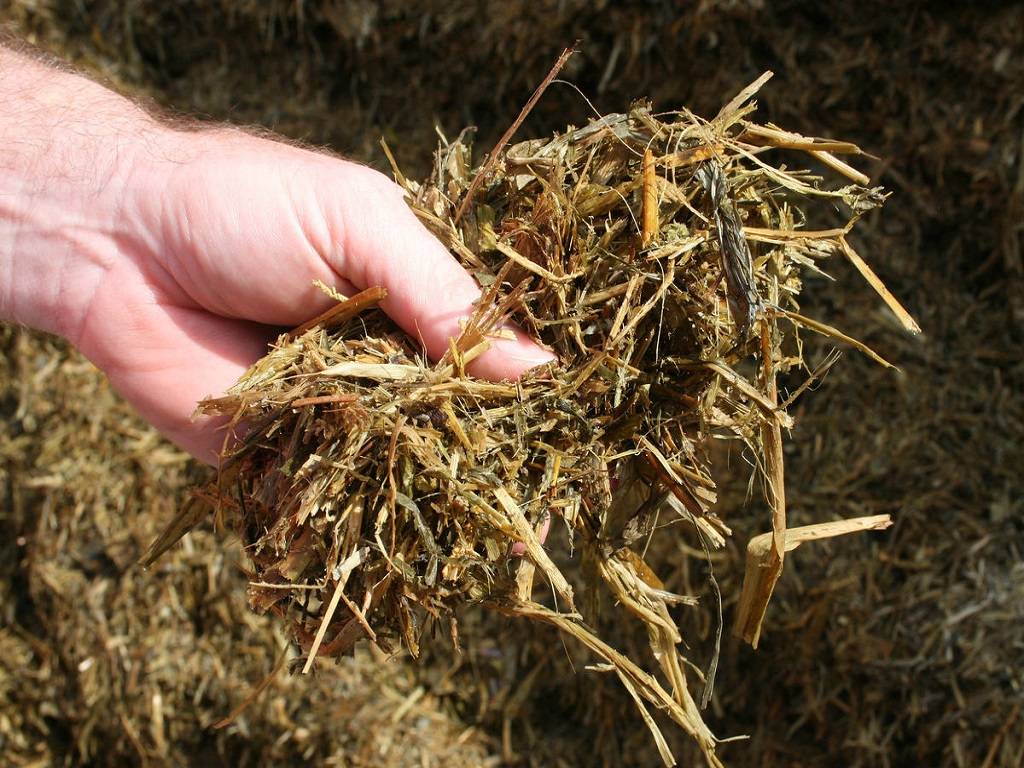
One of the most labour-intensive tasks on a dairy farm is making corn silage. But it is very nutritious with high calorie content, which is best for farm animals. Because of this, it's crucial to make every effort to gather, store, and ultimately provide high-quality feed.
In some countries around the globe, it has been noticed that only corn silage generates more energy per acre than any other crop.
Dairy cows use corn silage as a high-energy feed. This is especially crucial for herds with high production rates and for farms that have trouble growing or purchasing high-quality hay crops for feed. Because of its comparatively high-calorie content, corn silage is a good choice for use in low-cost feeds for cattle fattening. Compared to many other fodder crops, corn silage takes less work per ton of production. The entire corn acreage's harvesting season may be extended, and stressed or damaged cornfields may be able to be saved. Additionally, corn silage effectively recycles plant nutrients, particularly significant amounts of N and K.
However, there are certain drawbacks to corn silage. Marketing and long-distance transportation are challenging. When soil conservation methods are not incorporated into the production system, corn silage can also result in an increased risk of soil erosion and a subsequent loss in soil productivity.
Making Corn Silage from Dry Corn
For the finest silage, the majority of dryland corn fields could be excessively dry. It is challenging to pack dry silage tightly enough to completely stifle oxygen, and it frequently degrades, decreasing its digestibility of both protein and calories. It may also get hot, which can cause flames from spontaneous combustion.
It is quite difficult to increase moisture content by adding more water. For each ton of silage, it takes around 7 gallons of water to boost the moisture content by only one point. Even with adequate water, the chopped corn won't be able to absorb it quickly enough to be of much use.
In this case, blending dry corn or some corn that is still relatively green with a wetter feed, such as fresh alfalfa, forage sorghum, or green soybeans, is preferable. The perfect mix may necessitate the use of two choppers and be challenging, but when achieved, it may result in great silage.
If you choose to chop dry corn, keep in mind that you want to reduce the amount of oxygen in the silage. Even though the chopped corn appears to bounce immediately back up, adjust the blades to make sure that the cuts are more precise and compressed more tightly in the bag. Choose the wettest fodder to put on top. This aids in increasing packing weight and improving sealing. Apply water to this top layer if you happen to have any on hand to provide even more packing weight. Of course, dried silage should always be wrapped in plastic to keep outside air out or, for best results, packed and stored in silage bags.
Another choice would be if the corn is too dry for silage, then dry it first followed by chopping it for hay or grazing it as winter stalk.
Before feeding, be sure the fermentation is complete
Frequently making silage from crops under drought stress is an excellent approach to safeguard these feeds. Its nitrate concentration is often reduced throughout the fermentation process.
However, the chopped forage starts to heat up during the first several days of early fermentation, turning those nitrates into nitrites first. Additionally, cattle are up to 10 times more poisoned by nitrites than by nitrates. Later, these nitrites are neutralized and changed into less harmful substances.
You run the danger of feeding your cattle fodder that is very toxic and full of nitrites if you give your newly chopped hay before it has finished its whole fermentation cycle. Wait three to four weeks after chopping before giving fresh silage to avoid this. Then, before feeding, check your silage for nitrates.











